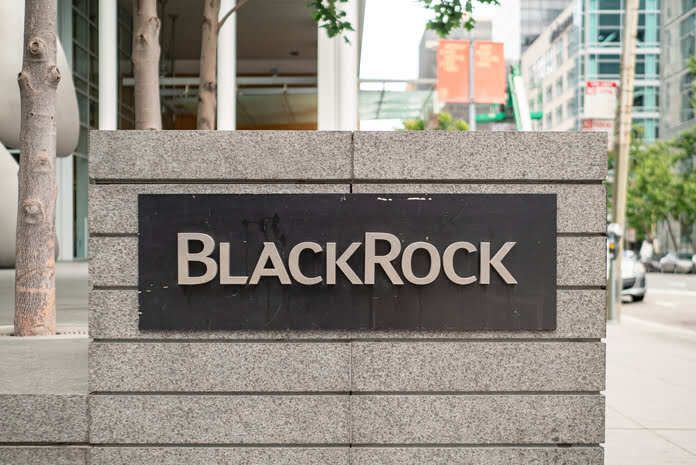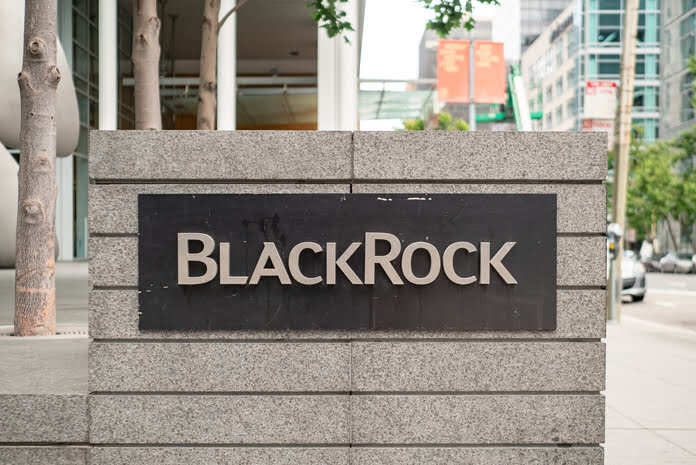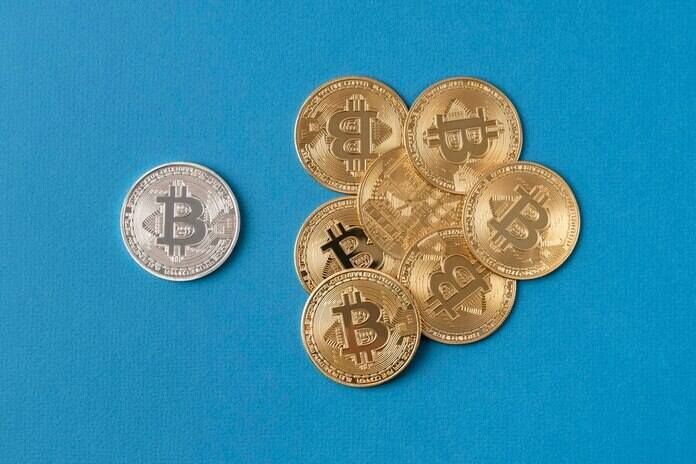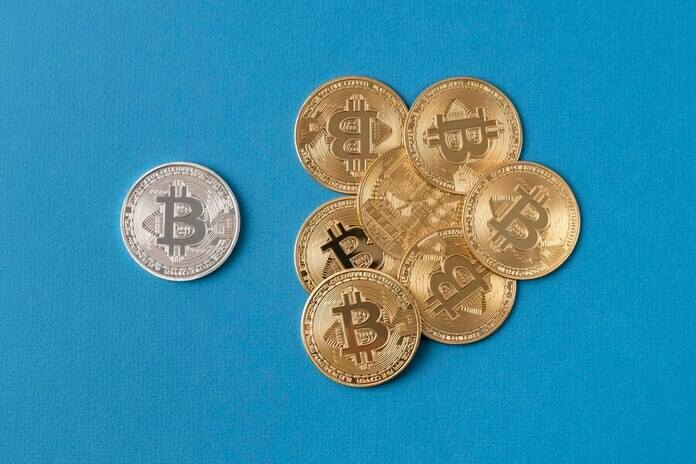Bitcoin Ownership Surges as Small Addresses Hit Record High

A recent report from Fidelity Digital Assets highlights a substantial increase in the number of Bitcoin addresses holding at least $1,000 worth of Bitcoin (BTC). Fidelity’s analysts reveal that this segment soared to an unprecedented 10.6 million wallets in mid-March, marking a doubling from the 5.3 million addresses recorded in 2023.
The surge in Bitcoin addresses with smaller holdings suggests a widening distribution of the cryptocurrency and its growing adoption among the general populace, according to Fidelity’s analysts. Despite escalating prices, the data indicates that small addresses persistently accumulate and store Bitcoin, a trend Fidelity describes as positive growth.
Fidelity’s analysts offer an optimistic outlook for Bitcoin in the short term, based on various long-term data points. Out of the 16 metrics tracked, half were deemed positive, while a quarter were categorized as negative or neutral.
The report also delves into the amount of Bitcoin held on cryptocurrency exchanges, which continued its downward trajectory in the first quarter of 2024. The total amount plummeted by 4.2% to 2.3 million Bitcoin, approximately 30% lower than the peak of over 3 million Bitcoin held in 2020. However, Fidelity underscores that this decline in exchange-held Bitcoin does not necessarily imply an uptick in self-custody. Custodians like Fidelity are actively developing solutions that empower customers to retain control of their private keys while engaging in trading activities through exchanges.
Featured Image: Freepik








